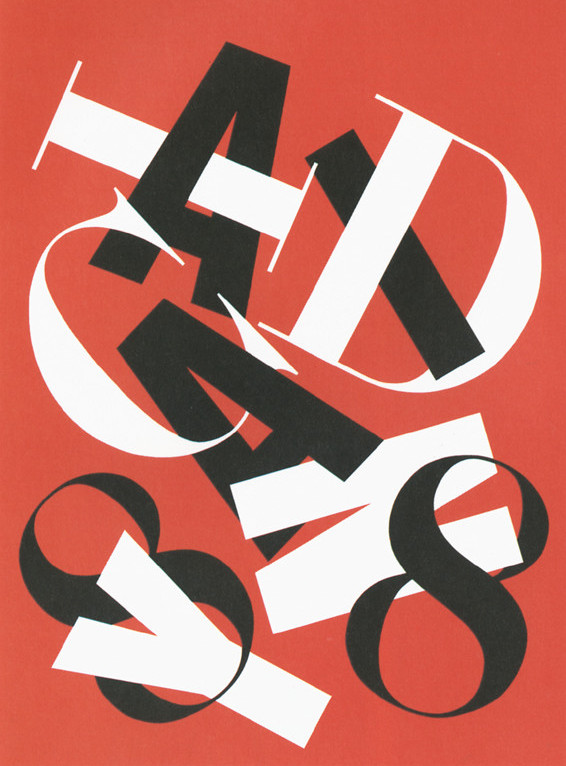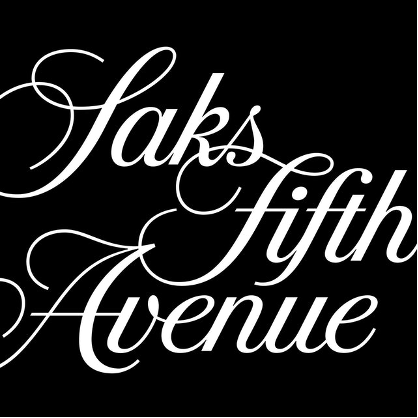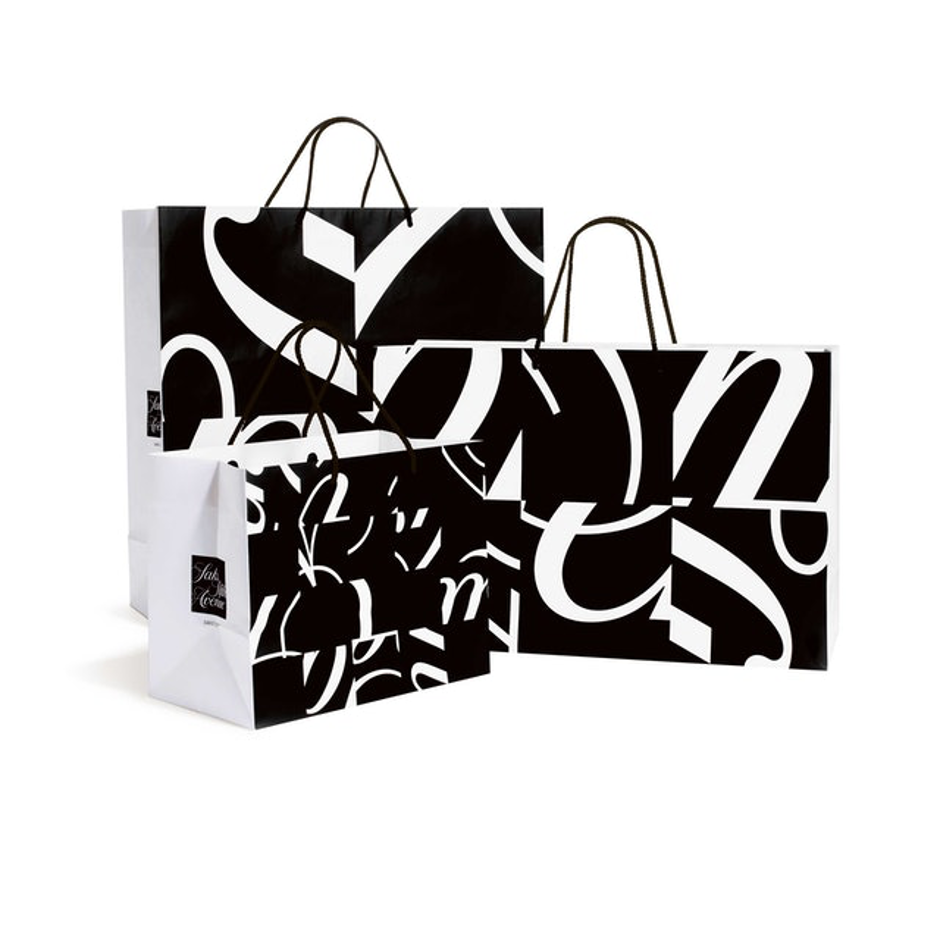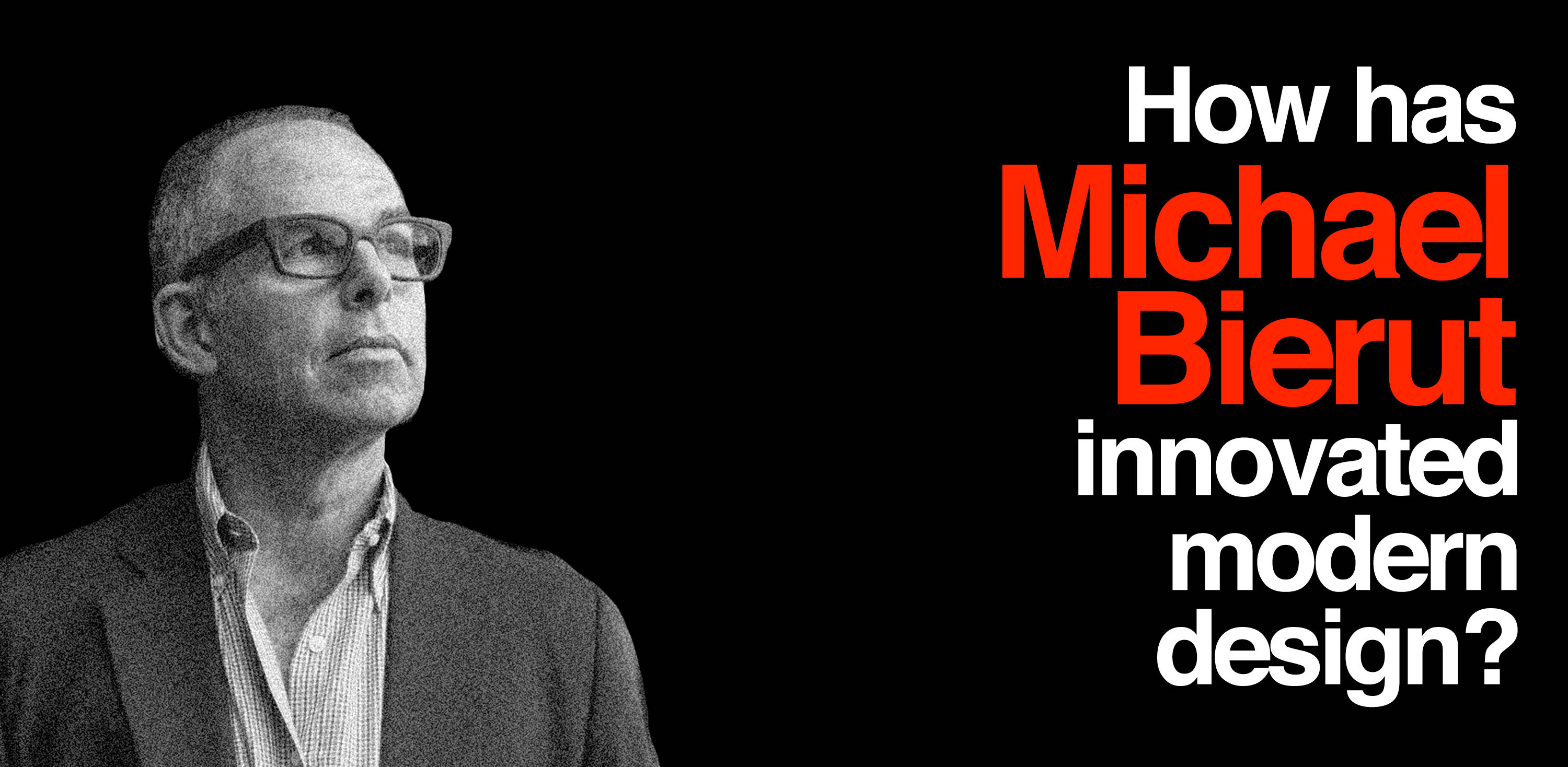Michael Bierut is one of the leading and most innovating artists of modern design. A graphic designer, design critic and educator, he has spent the last four decades striving to represent and change people’s everyday lives, by creating engaging work that people want to read and look at. His work remains some of the most iconic and recognizable today. Known well for his branding for Saks Fifth Avenue, and his logos for Mastercard, Bierut is also a partner in the world’s largest design firm, Pentagram. “I melt in the face of clever,” he says.

Early Life
Born in Cleveland, Ohio in 1957, Bierut developed his first drawing skills as he attended morning classes at the Cleveland Museum of Art. He attended Normandy High School, where he came across one of his first design projects, in which the task was to create a poster for his school play, Wait Until Dark. “It was so much better than the still life of a dish of fruit I had done that was sitting in a display case being ignored,” he said. “This had purpose.” He discovered graphic design through books he was able to find from the local library, most noticeably books by Milton Glaser and Armin Hoffman, which had a great influence on his style from very early on in his life as a designer and continues to do so to this day.

University of Cincinnati
Bierut studied Graphic Design at the University of Cincinnati, in Ohio for five years. The Yale-Swiss Education style was popular in the school at the time, which contrasted against the graphic design books and artists he had studied growing up. This helped to widen Bierut’s overall style-scope and influences and allowed him to study different areas and ideas. While at the University, Bierut often did work for clients and friends completely free of charge, running entirely on his own work ethic, determination and passion. For him, graphic design was a way to combine both his love for illustration and commercial art. He found it most important to be actually interested in the subject you are designing for. Because of this, Bierut later went on to begin a student-run newspaper as a side project to his work. It was no secret that Bierut was in love with his work, evidenced in his persistence and talent.

Vignelli Associates
For the next ten years, Bierut went on to live in New York, where he worked for Massimo and Lella Vignelli at their firm, Vignelli Associates. Here, he began his very first job, and was responsible for creating mechanical boards entirely by hand, as at the time the studio did not have computers. Bierut was always very dedicated to his work and spent two shifts each day on the job – one at normal hours and one late at night. His work ethic was noticed by Massimo Vignelli himself, who praised and admired his determination and resilience. Bierut was eventually promoted to Vice President of the company by Vignelli.
“Massimo taught me to focus on the big ideas, and I thought that big ideas were what connected with the greatest number of people.”
Bierut became very influenced by Massimo’s unique style and shared his belief that there were only five good fonts that existed, and so only five fonts were used for the company’s projects. Bierut believed that design was important to making everyday life and ordinary people, such as his own mother, understand him. Thus, as he agreed with a lot of ideas Massimo had, he also had his own beliefs in design, and felt that design was more about communicating to an audience rather than simply just the aspects of colour or a typeface. He believed in unique style, and how effective it can be to be different, instead of maintaining the same style and format each time.

Pentagram
In 1990, Bierut became a partner with the leading design firm, Pentagram, where he excelled at branding and identity design and continues to do so to this day. Above all, he aims for his design work to be easily digestible to the viewer. If a design is not effective and straight-forward enough to be simply understood by any audience, Bierut does not deem it good enough.
Since joining the company, he has worked with clients such as The New York Times, The Robin Hood Foundation, Princeton University and Mastercard. He was also the lead designer of Hillary Clinton’s communications team during her 2016 presidential campaign. Bierut has also worked for clients such as the Walt Disney Company, New York University, the Council of Fashion Designers of America, Princeton University, the Library of Congress and so many others. He has also worked as a design consultant to United Airlines and has completed graphics for the New York Times building. One of his most noticeable projects of all time is the development of a new branding and packaging for Saks Fifth Avenue.
Saks Fifth Avenue
In 2006, Bierut was tasked with designing a new logo for one of America’s most famed style companies, Saks Fifth Avenue. The company approached Bierut with the desire to find a new identity, one that would cover all aspects of the company’s business, such as design for their website, advertising and packaging. This would be one of the biggest design projects of Bierut’s entire career.
 The previous, original logo of Saks Fifth Avenue had been created in the 1973, by the artist Tom Carnese, and it was renowned around the world for being associated with the company. However, the company decided that they were growing tired of the greyish logo and found the packaging much too dull. They wanted something exciting, new and iconic. They wanted something that would instantly make you recognise the company – that would make you think of the history behind the company, and the products it supplies. Other iconic high-street fashion stores, such as Tiffany and Burberry, had iconic patterns and colours that made them stand out against the rest of the market. Bierut found that there was a recurring them within these companies, and their marketing design – a cursive typeface. This was used to convey timeless sophistication, and the original Saks Fifth Avenue logo portrayed this as well using a cursive font. They wanted to pay homage to this original logo, while also producing something brand new and modern.
The previous, original logo of Saks Fifth Avenue had been created in the 1973, by the artist Tom Carnese, and it was renowned around the world for being associated with the company. However, the company decided that they were growing tired of the greyish logo and found the packaging much too dull. They wanted something exciting, new and iconic. They wanted something that would instantly make you recognise the company – that would make you think of the history behind the company, and the products it supplies. Other iconic high-street fashion stores, such as Tiffany and Burberry, had iconic patterns and colours that made them stand out against the rest of the market. Bierut found that there was a recurring them within these companies, and their marketing design – a cursive typeface. This was used to convey timeless sophistication, and the original Saks Fifth Avenue logo portrayed this as well using a cursive font. They wanted to pay homage to this original logo, while also producing something brand new and modern.

Bierut took this original white logo design and placed it on top of a black square. He then decided to split it up into a grid of smaller squares. Then, he moved and shuffled each square around the grid, mixing them up so none of them were in the correct order. Then, he selected a smaller collection of squares from the grid and used enlarged versions of them to decorate prototypes of shopping bags and posters. The resulting design is a dramatic, abstract composition, while also holding true to that original, timeless logo. It is memorable, distinctive and classic.
How has Michael Bierut innovated modern design?
Bierut has shown and proven throughout his career that persistence makes good design, and not necessarily creativity alone. When faced with a challenge, Bierut puts his all into coming up with as many solutions as he can until he finds one that will produce the best end result. Having been responsible for some of the most iconic and memorable designs for a number of big-name brands, it is no secret that he has become highly respected in the world of design. His work ethic is unmatched, as someone who considers himself married to his work. The amount of time and effort Bierut has placed in what he does clearly pays off, and there is an obvious passion behind everything he contributes to. I find that incredibly admirable in a designer, and as someone to take influence from. How has he changed design in the world today? He hasn’t changed design itself, but the way we approach it - with motivation, dedication and endurance.
